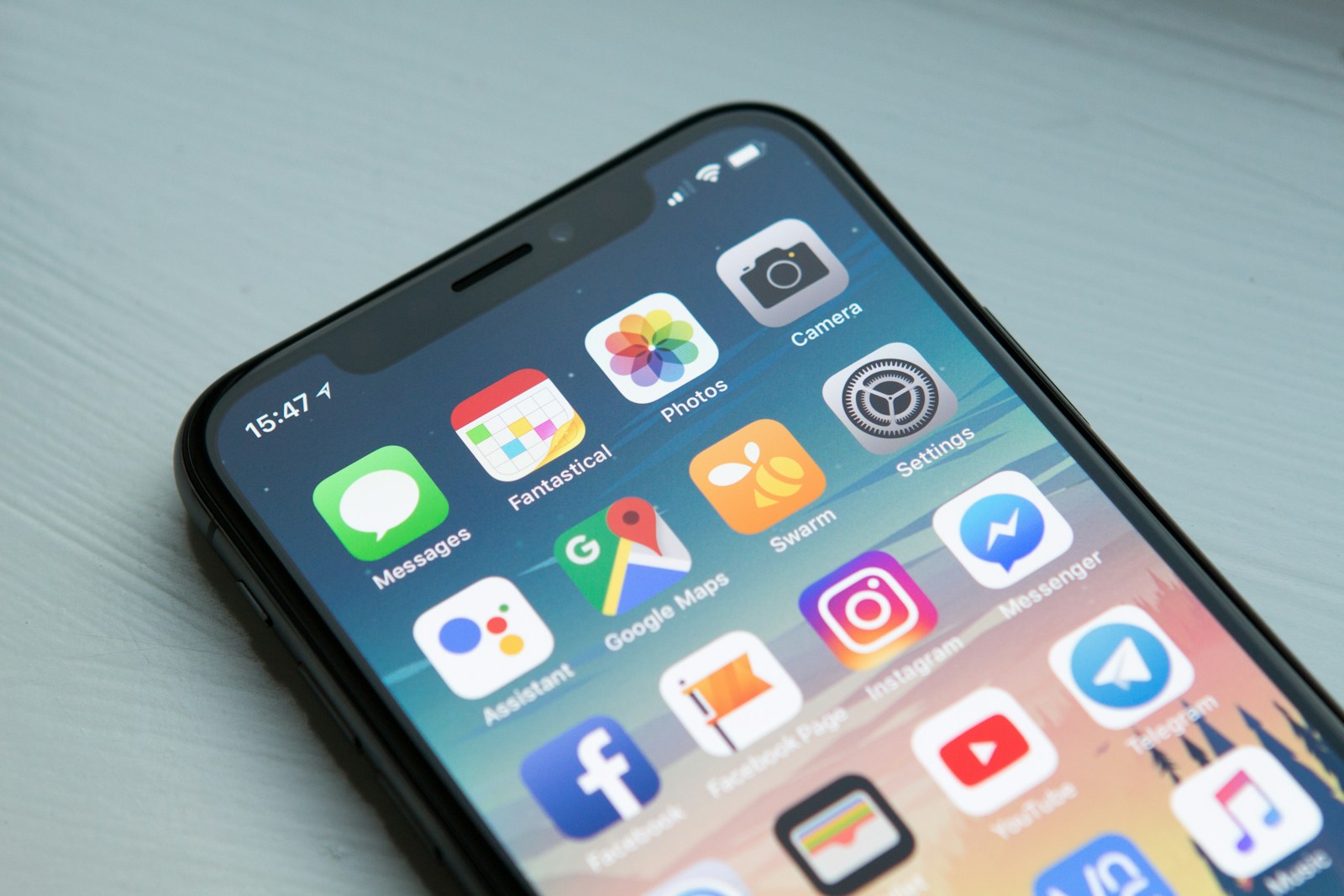So your mobile app is finally ready? Now is the next biggest step: testing it and ensuring it is the top notch quality. Mobile app has shown higher revenues, longer user retention and reduced churn rate – so, overall, good for business.
Dev Centre House Ireland tests big mobile apps every month. Contact us for your Free Assessment Call.
Let’s dive into mobile app testing. I will cover different areas, and at the end you will know everything you need to do and you could expand more to go nitty-gritty.
Mobile app testing is a critical step in ensuring your app functions correctly, provides a seamless user experience, and performs well under various conditions. Whether you’re a developer, QA engineer, or an enthusiast, this guide will help you understand the basics of mobile app testing and how to perform it effectively.
Introduction to Mobile App Testing
Mobile app testing is ensuring that functionality, usability, performance, and security of a mobile application is perfect and has no errors or bad experience.
The goal is to find and fix bugs, ensure the app works as intended, and provide a positive user experience.
Types of Mobile App Testing
- Functional Testing: Ensures that the app functions as expected. Includes testing all features, UI elements, and user interactions.
- Usability Testing: Focuses on the user experience. Ensures the app is intuitive, easy to navigate, and meets user expectations.
- Performance Testing: Assesses the app’s performance under various conditions, including load, stress, and volume testing.
- Security Testing: Ensures the app is secure from vulnerabilities, unauthorized access, and data breaches.
- Compatibility Testing: Ensures the app works across different devices, operating systems, and screen sizes.
- Automation Testing: Uses automated tools to test the app, particularly useful for repetitive tasks and regression testing.
How to Test a Mobile App
Manual Testing
- Functional Testing:
- Check all features: Ensure each feature works as intended.
- Test UI elements: Verify that buttons, links, and forms work correctly.
- User interactions: Test different user interactions, such as swipes, taps, and gestures.
- Usability Testing:
- Navigation: Ensure the app is easy to navigate.
- Intuitiveness: Check if the app is intuitive and user-friendly.
- Feedback: Gather feedback from real users to identify usability issues.
- Performance Testing:
- Load Testing: Test the app under normal and peak conditions.
- Stress Testing: Assess how the app performs under extreme conditions.
- Volume Testing: Test the app with large amounts of data.
- Security Testing:
- Vulnerability Scanning: Identify potential security vulnerabilities.
- Penetration Testing: Simulate attacks to test the app’s defenses.
- Data Encryption: Ensure data is encrypted during transmission and storage.
- Compatibility Testing:
- Device Testing: Test the app on different devices (e.g., smartphones, tablets).
- OS Testing: Test on different operating systems (e.g., Android, iOS).
- Screen Size Testing: Ensure the app works on various screen sizes and resolutions.
Testing Through Tools
- Automation Tools:
- Appium: An open-source tool for automating mobile apps.
- Selenium: Widely used for web and mobile app testing.
- Espresso: An Android testing framework by Google.
- XCTest: A testing framework for iOS apps.
- Performance Testing Tools:
- JMeter: An open-source tool for load and performance testing.
- LoadRunner: A performance testing tool by Micro Focus.
- Security Testing Tools:
- OWASP ZAP: An open-source security testing tool.
- Burp Suite: A comprehensive tool for web application security testing.
There are more tools, above are the most common ones.
Difference Between Android and iOS Testing
- Platform Differences:
- Android: More fragmented due to a variety of devices and OS versions.
- iOS: Less fragmented, with fewer device and OS versions to test.
- Testing Tools:
- Android: Espresso, Robotium, MonkeyRunner.
- iOS: XCTest, UIAutomation, KIF.
- Performance Considerations:
- Android: More diverse hardware and software configurations.
- iOS: More consistent performance due to standardized hardware and software.
Device Performance Testing
- Battery Usage:
- Monitor battery consumption during app use.
- Use tools like Battery Historian (Android) or Instruments (iOS).
- CPU and Memory Usage:
- Use profiling tools to monitor CPU and memory usage.
- Android Profiler for Android, Instruments for iOS.
- Network Performance:
- Test the app under different network conditions (e.g., Wi-Fi, 4G, 3G).
- Use tools like Charles Proxy or Fiddler to monitor network traffic.
Memory Profiler
- Android Profiler:
- Use Android Studio to monitor memory usage.
- Identify memory leaks and optimize memory allocation.
- Instruments (iOS):
- Use Xcode’s Instruments to monitor memory usage.
- Analyze memory leaks and optimize memory allocation.
Are you ready?
Mobile app testing is a comprehensive process that involves various types of testing to ensure the app functions correctly, provides a seamless user experience, and performs well under different conditions.
Follow this DIY guide, or contact us for your mobile app Free Assessment Call.



